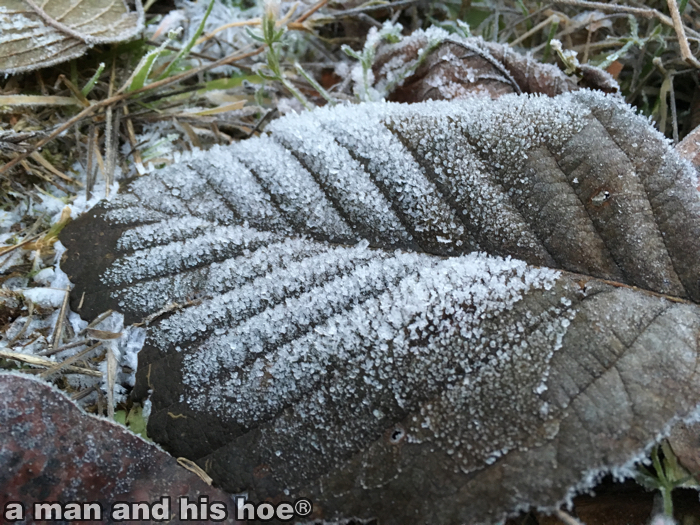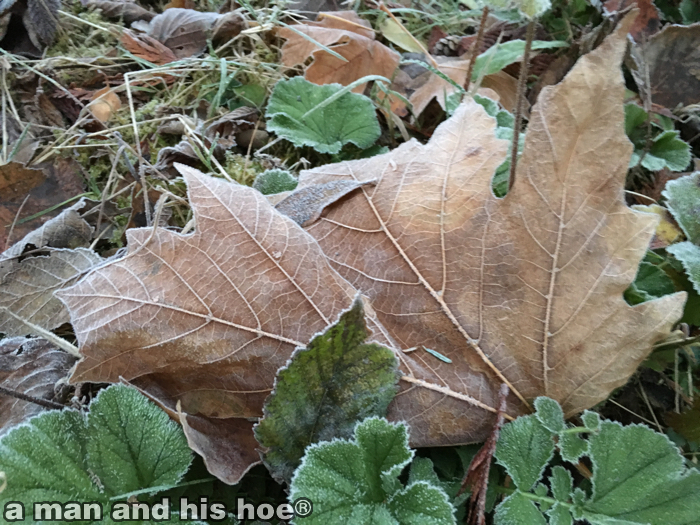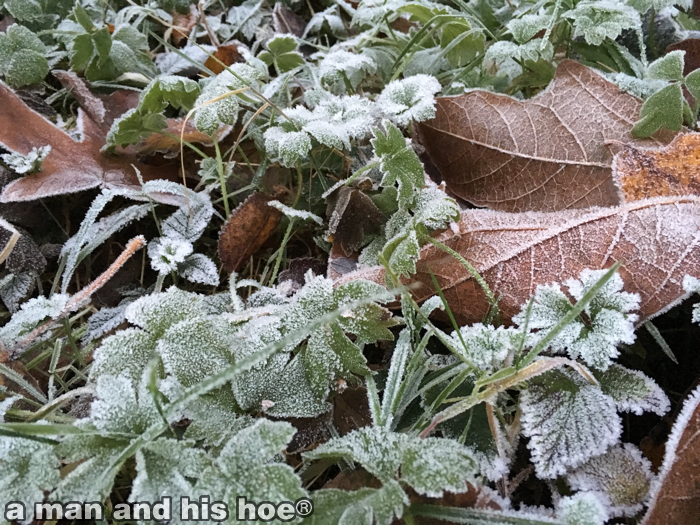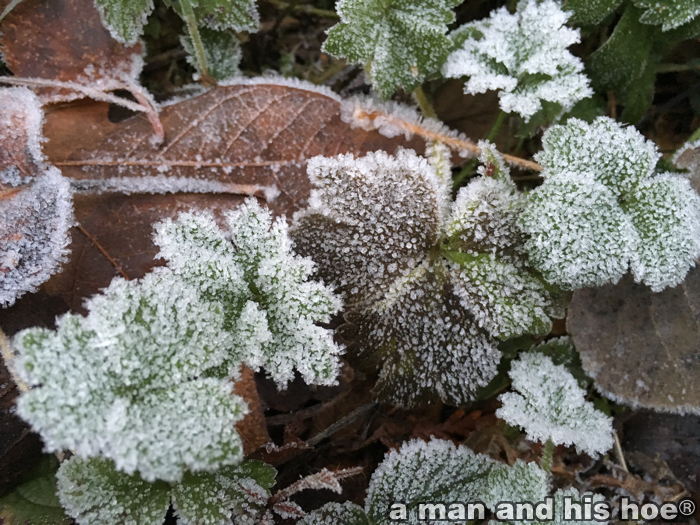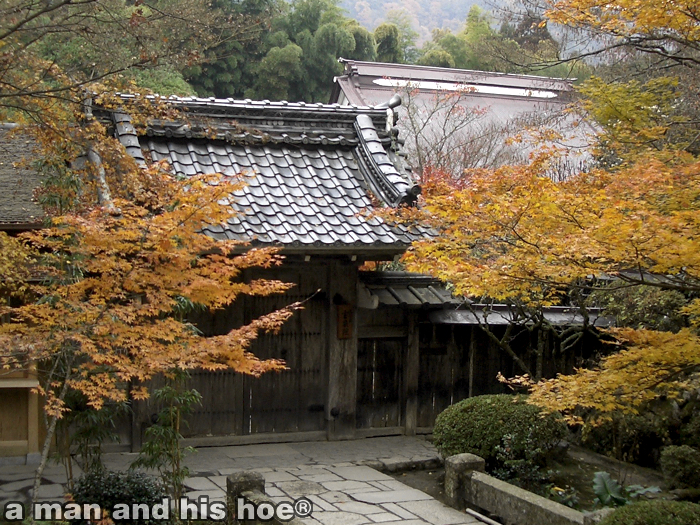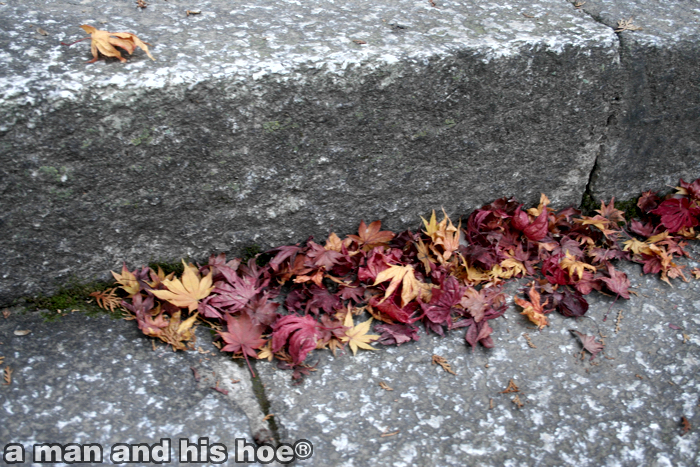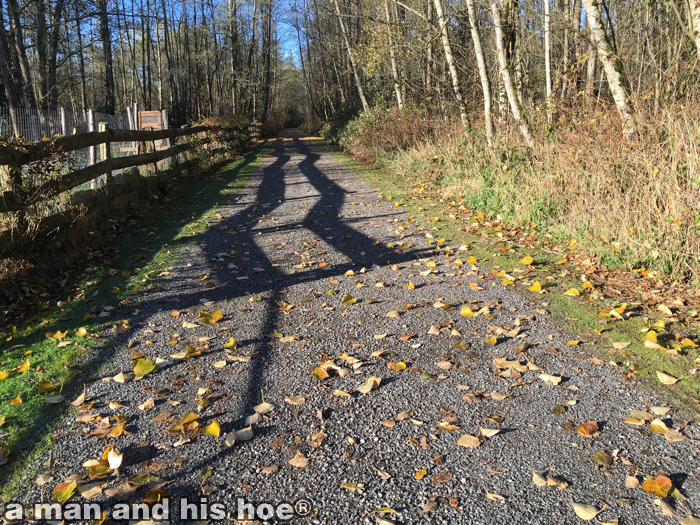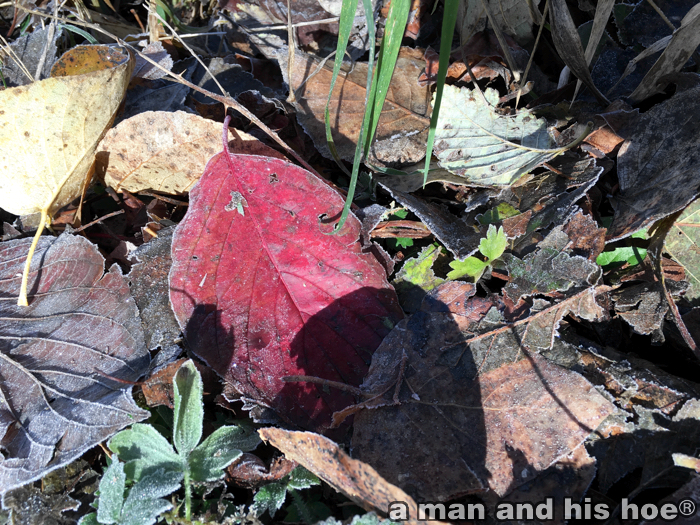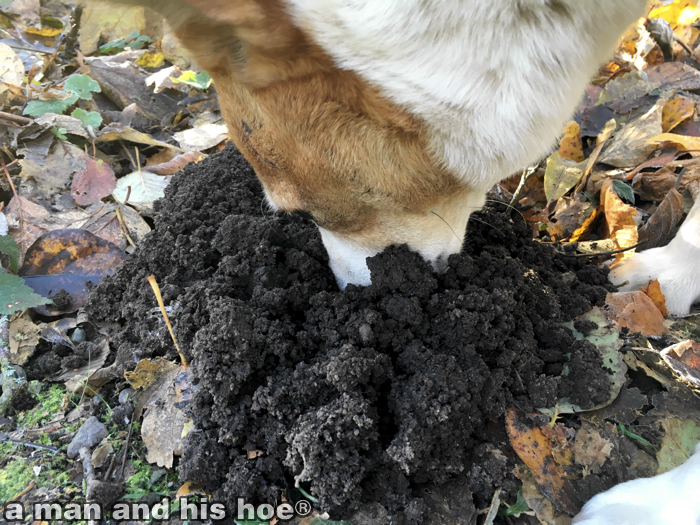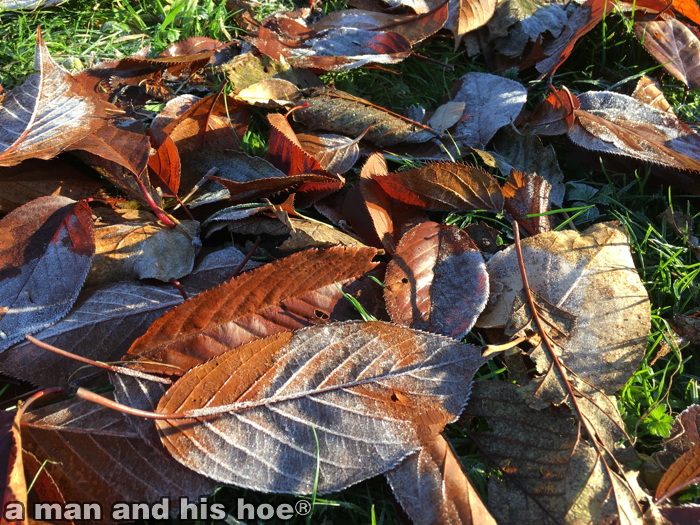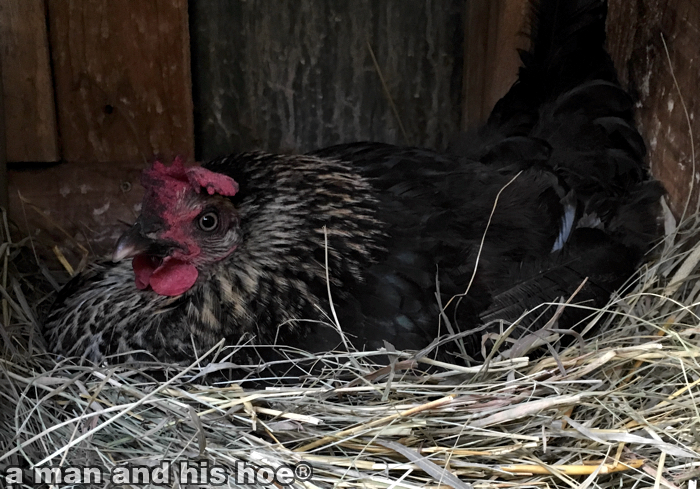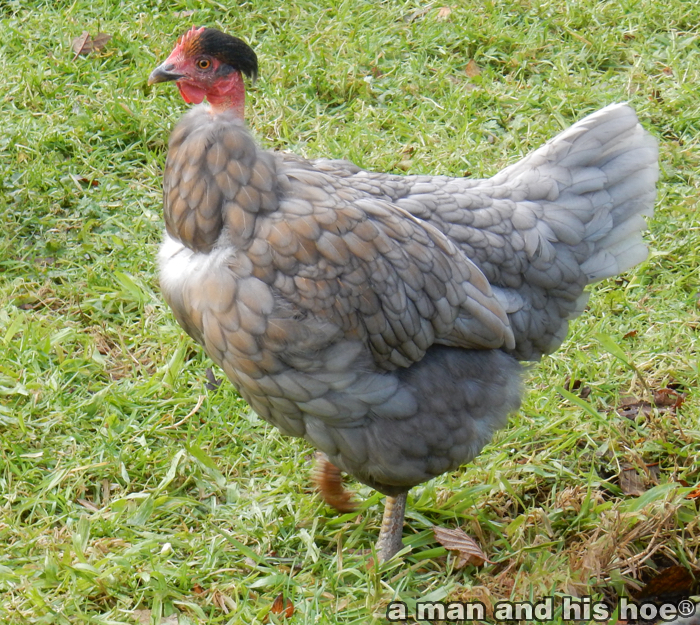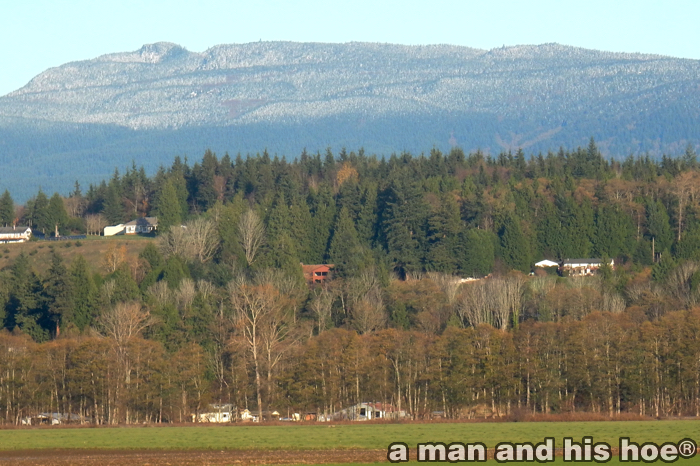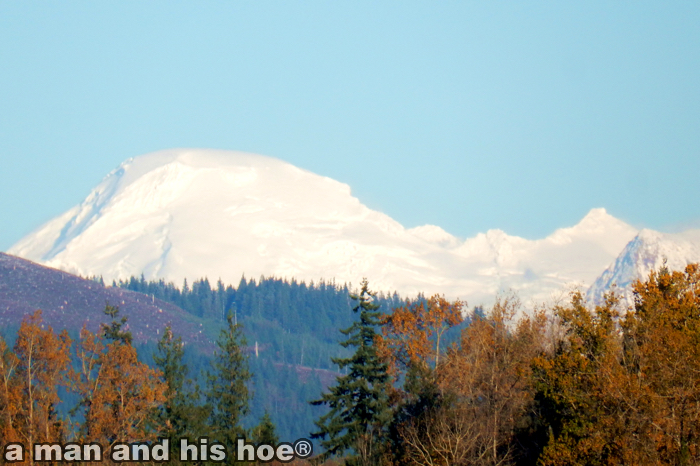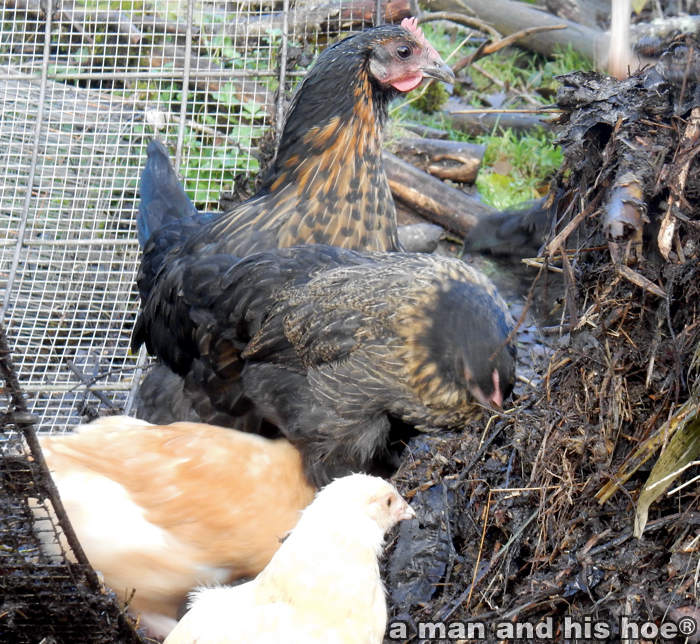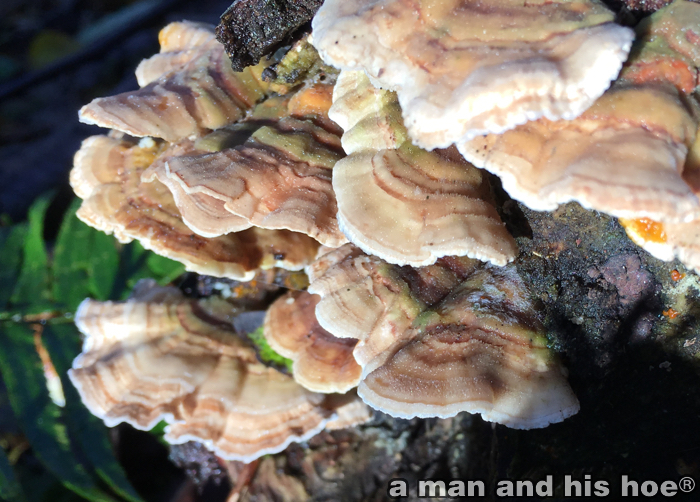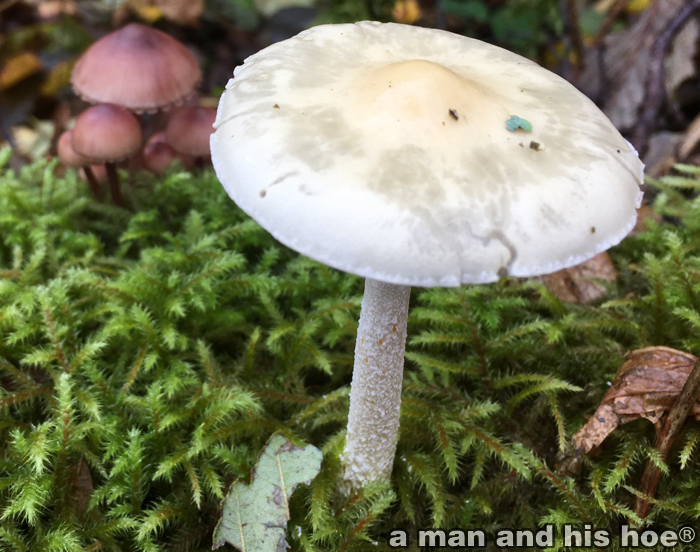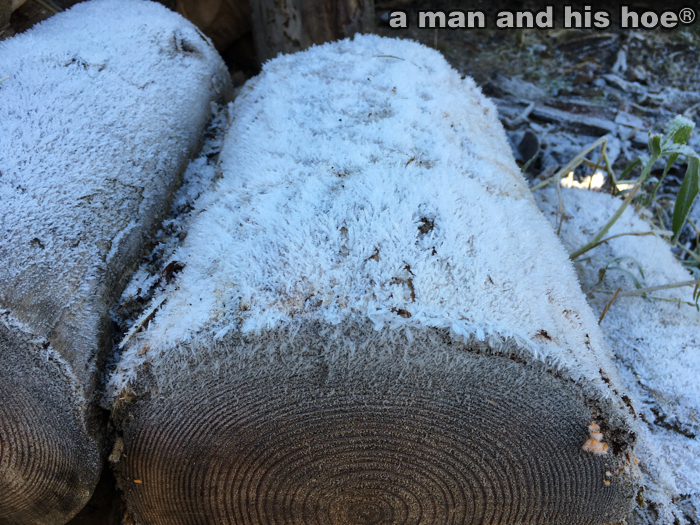
In the shade, the frost is growing every day. It’s covering everything in a coat of white fur. Now I can see where the chickens walk. It would be a good time to study the footprints they leave behind. Knowing a chicken by the footprints it leaves could come in handy … some day. I’ll ponder a bit to see if that is knowledge worth acquiring. “Yes, that is Skunky’s footprint and it’s not more than 15 minutes old.” I could probably get to the point that I could tell by the depth of the impression if it is the footprint of a hen who left an egg on a nest within the last thirty minutes. That would either impress someone or make them think I’ve lost my mind. Sometimes you can know too much, and if you do, keep your mouth shut.

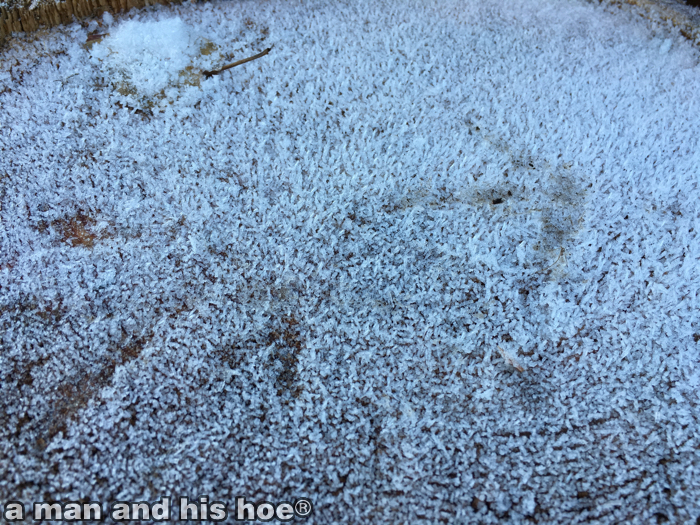

The pond is starting to freeze over. The fish are safe from the blue herons and king fishers now. The shortest day of the year is just three weeks away. A wreath of fir, cedar, sequoia, pine, and holly will see us through this darkest time of the year.

